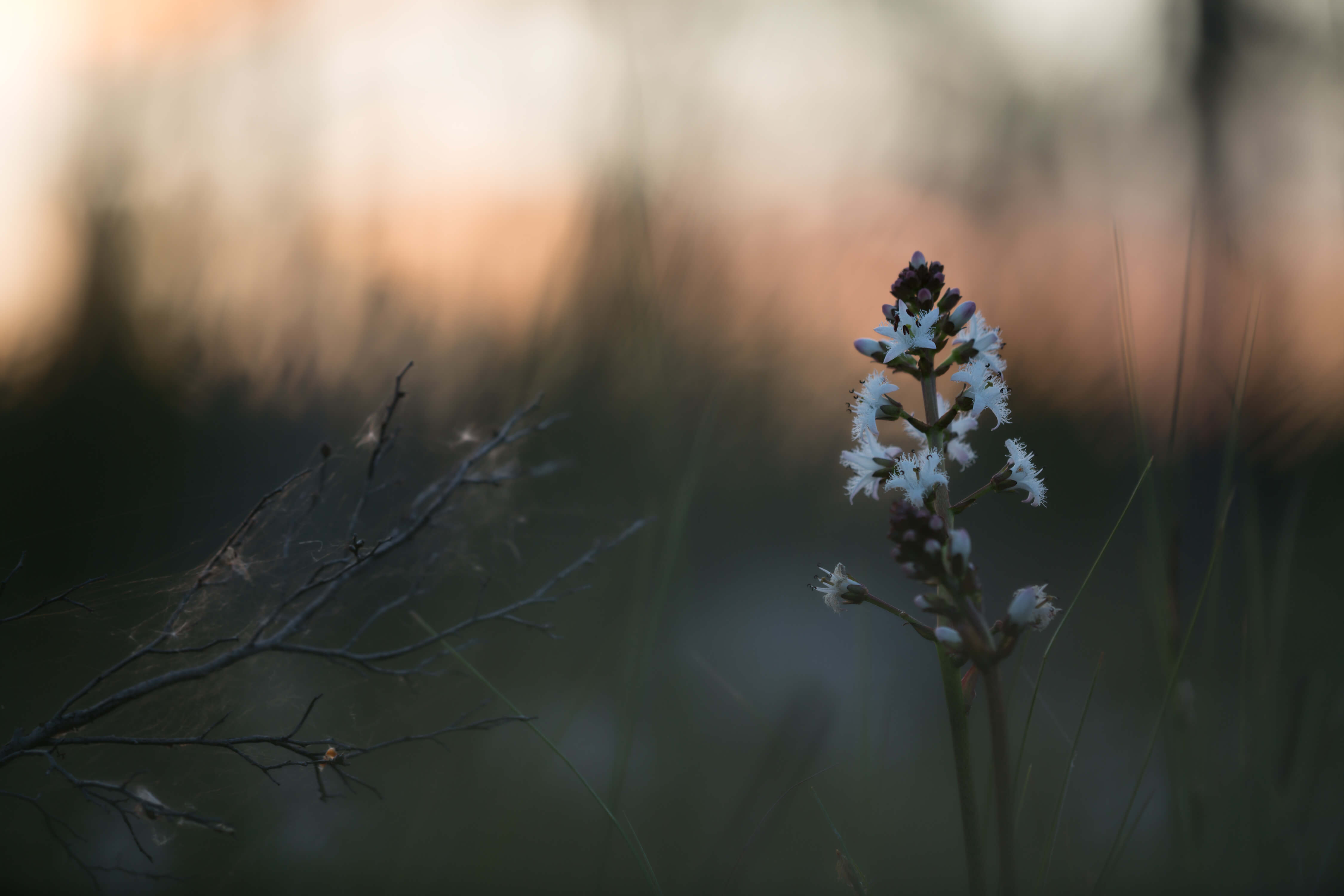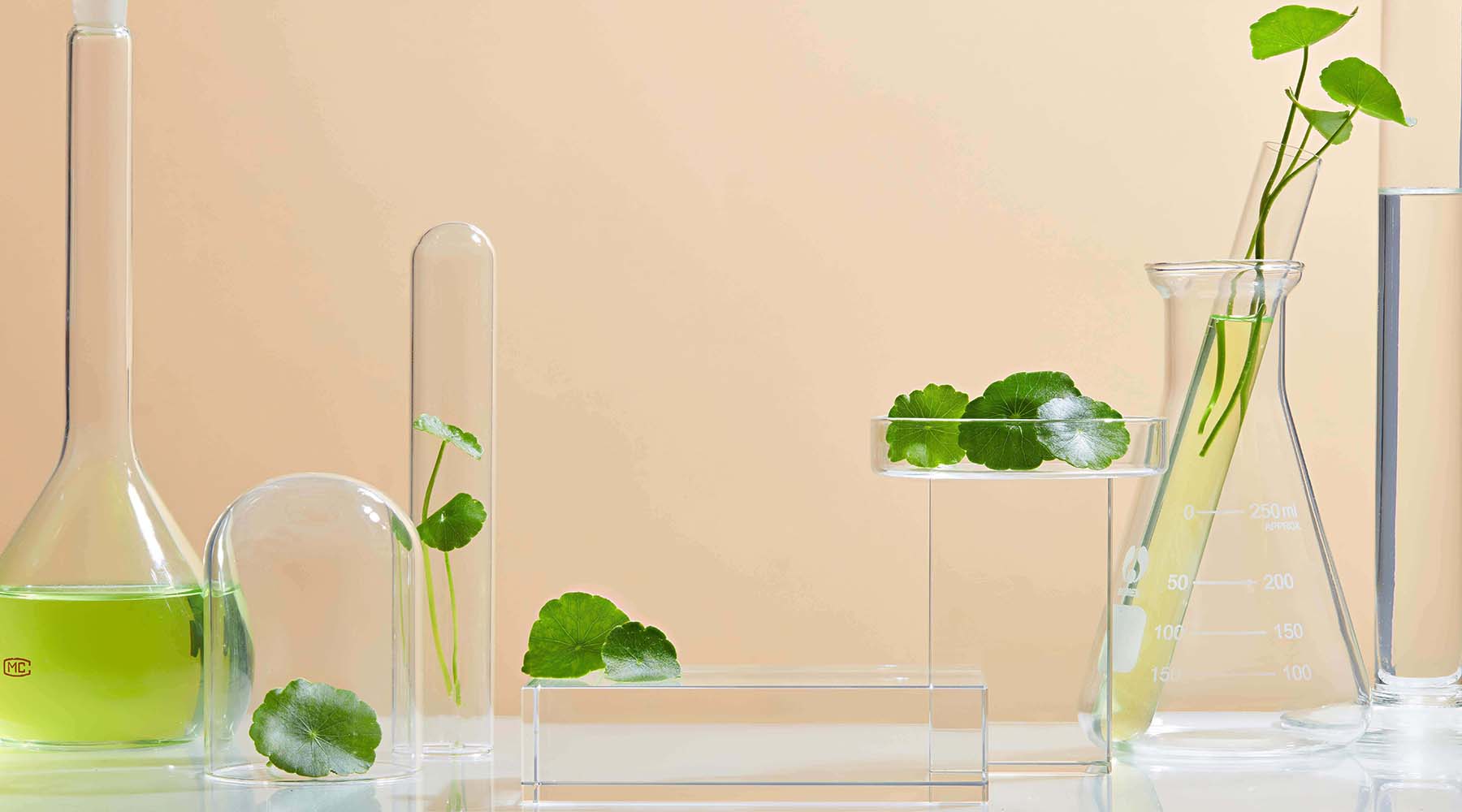
Bitter substances: The skin likes it bitter
The bitter taste is not one of the most popular.
This may be because evolution equipped humans with taste receptors for bitter substances to protect them. Because bitter substances are in almost all plants and the more of them you have, the more poisonous and inedible they are often.
Incidentally, the perception of the bitter taste is much more pronounced when you are young than when you are old. As a result, the children are better protected during their experimentation phase.
But as the old German saying "Bitter in the mouth, the heart is healthy" already says, bitter substances are better than their reputation and can do much more than just taste bitter.
They stimulate the flow of saliva and the digestive juices and therefore have a positive effect on digestion. But the detoxification process in the liver is also boosted. At the same time, bitter substances can curb appetite and thus help with weight control.
However, bitter substances not only have an effect on the gastrointestinal tract, they also have a stimulating effect on the skin.
The bitter substance receptors of the skin
It has been known for some time that not only the tongue but also the cells and organs have bitter substance receptors. Bitter substance receptors in the skin were only detected in 2015. Bitter substances can thus be used in a targeted manner to activate the skin's metabolism and promote the skin's regeneration process. This has proven particularly useful for skin diseases such as neurodermatitis.
Bitter substances are particularly suitable for stimulating the keratinocytes. These are the horn-forming cells that are also involved in the wound healing process. And ultimately they are the ones that form the protective barrier and protect the skin from germs penetrating and from drying out.
Therefore, cosmetics with bitter substances are particularly recommended for dry skin conditions such as neurodermatitis and psoriasis (psoriasis), since the skin barrier is disturbed in these types of skin.
Due to the herbal ingredients, natural cosmetics almost always contain a proportion of bitter substances. However, the expression is different, since the content of bitter substances varies from plant to plant. This can be increased either through the use of several herbal ingredients or individual ones with a high bitterness content.
Bitter substances differ
Herbal medicine divides the bitter substances into different groups according to their properties. In the products of ananné Bitter substances from these three groups are used:

Bitter tonic (also called amara pura) combines the bitter substances that have a particularly tonic, i.e. strengthening, effect. These include, above all, the gentian family, which also includes the fever clover. With a bitter value of 4,000 - 10,000, it is one of the plants with a high bitter content. In the TONICUM, the buckbean used has a caring and anti-oxidative effect in addition to the tonic effect.

Aromatic bitter includes the aromatic plants, which contain essential oils in addition to bitter substances. These include the bitter orange, which is used in REGENERATIO. Here, the essential oils complement the toning effect of the bitter substances with a harmonizing effect.

In the group of Bitter sourness you can usually find the spice plants, since the focus here is on the spiciness. This is the case with ginger, for example. In the EXFOLIANT, it supports the peeling effect in that it also stimulates blood circulation and has a refining effect on the complexion.
The taste of the skin
The combination of bitter substances in food and in cosmetic products promises healthy and beautiful skin. Due to their plant-based ingredients, natural cosmetics per se have a high proportion of bitter substances. Supplemented with wild herbs, bitter salads and tuber vegetables on the menu, the skin is also supported from within.
These foods contain many bitter substances
Bitter vegetables include artichokes, eggplant, broccoli, chicory, endive, fennel, Brussels sprouts, celery, asparagus, spinach, radicchio, radishes, arugula, and savoy cabbage.
Bitter substances are also present in some types of fruit. These include bitter orange, grapefruit, kumquat, pomelo, and lemon. Bitter spices include anise, ginger, cumin, coriander, turmeric, and cinnamon.
If you like to drink bitter, you don't have to resort to alcoholic stomach or herbal bitters straight away. Sage, dandelion or gentian and many other herbs are rich in bitter substances and can be prepared as a tea.



2 comments
Sehr spannend die Beschreibung der Bitterstoffe.
Joachim
Beeindruckend sind für mich die Bitterstoffe in der Cosmetic.
Joachim Mantel
Leave a comment
This site is protected by hCaptcha and the hCaptcha Privacy Policy and Terms of Service apply.